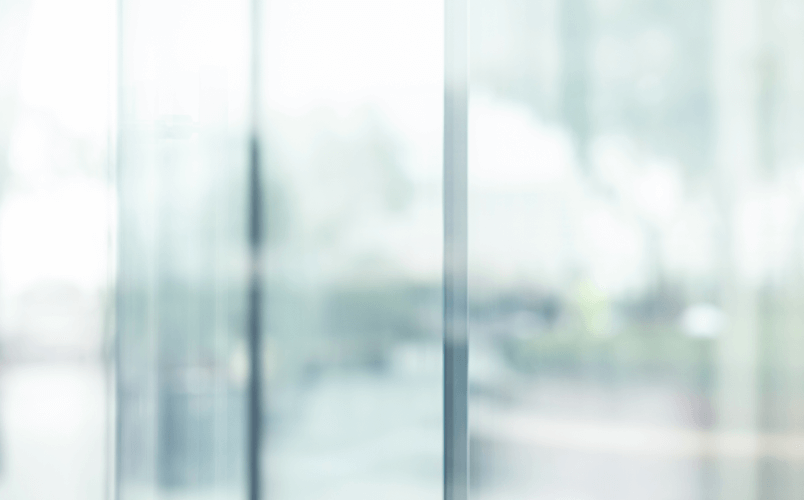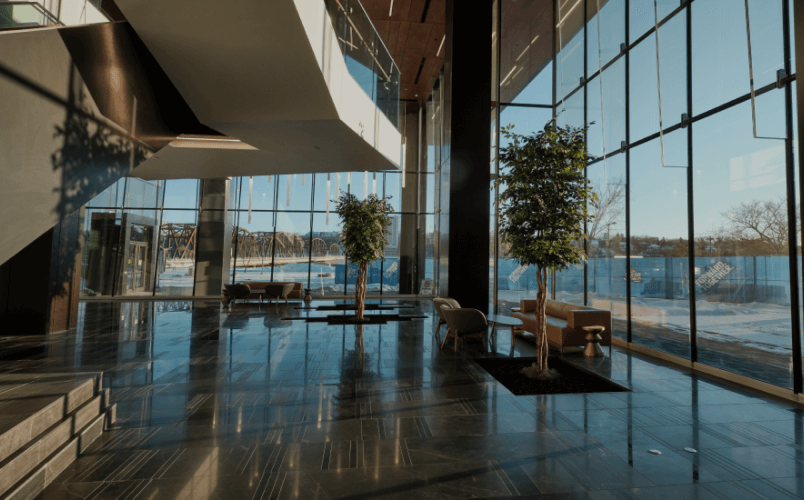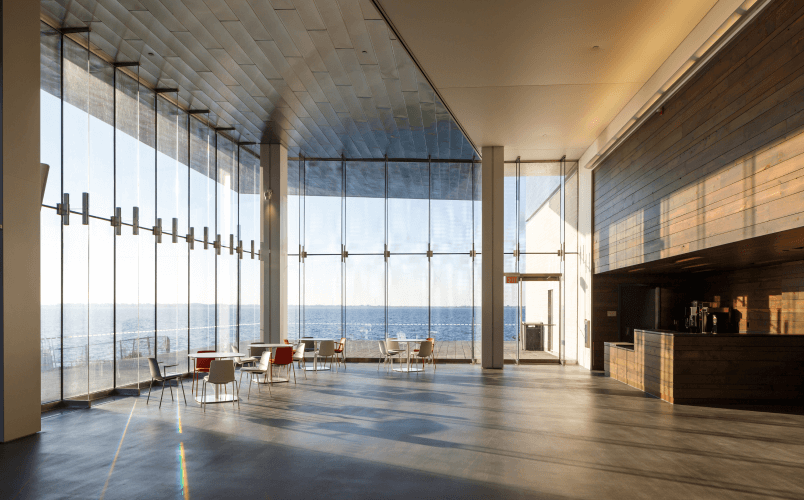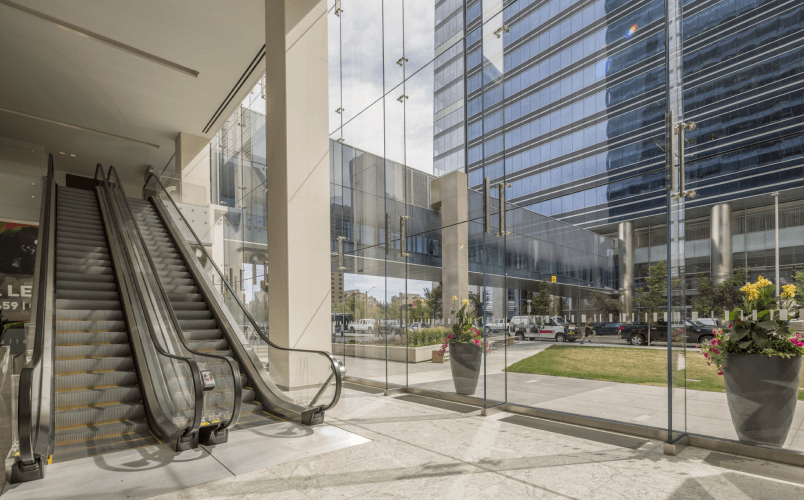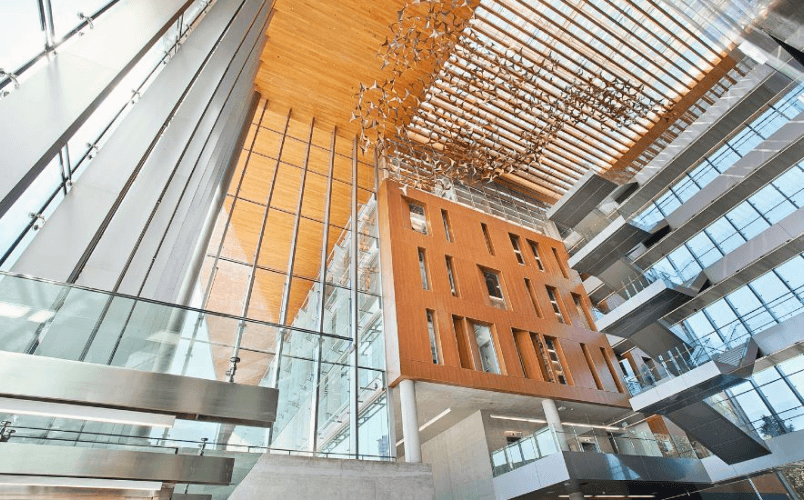Façade Solutions Designed and
Engineered by Stella
Choose from a spectrum of transparency for your façade.
From Invisible to Minimalist to Bold.
From Concept to Creation.
Invisible Solutions
Refined support systems for monumental designs. Soaring glass expanses with nary a support in sight and completely clear sight lines. These structural solutions are made for your unique vision while meeting thermal performance requirements. Reliance on glass as the structural element with support discretely hidden away.
Envision a glass cube with no visible hardware.
Minimalist Solutions
Simple support that blends into the background, working in tandem with the glass. These sleek edge-supported solutions create structural strength, reducing glass thicknesses for more cost effective solutions.
Bold Solutions
Industrial support systems where focus switches from clean and clear to bold and memorable. It highlights the ingenuity of a complex system with a visible expression of engineering.
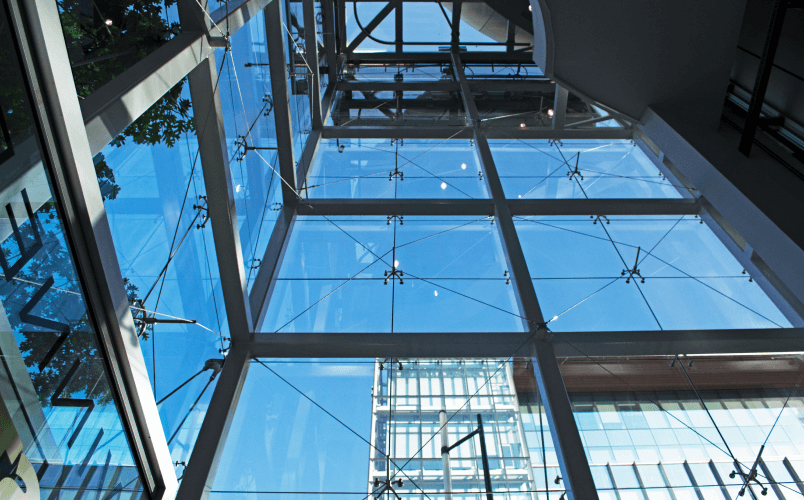
Cable Net
Cables span the opening, either vertically, horizontally, or both.
Clips attached to the intersections of the cables support the glass at the corners. This system act like a tennis racket in that there is a lot of in/out movement when exposed to wind loads.
The surrounding structure needs to be capable of resisting very high tensile loads from the cables.

Cable – Compress Truss
Comprised of a vertical steel column, horizontal spars, and tension cables. Vertical compression truss systems don’t necessarily impose dead loads onto the structure above (all loads can be carried by the structure below).
Tension cables are fixed to the spars in opposing parabolic curves. A dead load cable often extends down the inside face of the glass if the loads can be carried by the structure above.
Working with us
Our team is trusted to create the remarkable. A trust that is built on over 20 years’ worth of industry knowledge and a track record of pioneering innovation.
Book a consult
